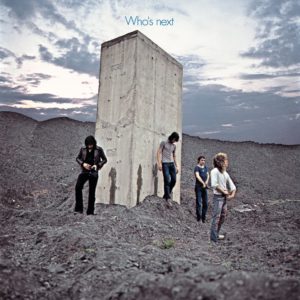The Who makes three appearances in this album exploration. The Who has made magnificent albums, but, so often, compilations cherry pick the best single moments from those albums. An anthology cannot express the width and breadth of an epic like Tommy or Quadrophenia. Who’s Next contains the Greatest Hits staples “Won’t Get Fooled Again,” “Baby O’Riley,” and “Behind Blue Eyes,” while offering a solid host of album cuts. As with My Generation, it’s been easy for me to pass over Who’s Next because its singles are so ambitious.

Produced by The Who and Glyn Johns and released on August 14, 1971, Who’s Next has sold over 3 million copies. While the album works just fine as a traditional album, Who’s Next was culled from the ashes of a concept album that was to be called Lifehouse. Lifehouse was to be a futuristic rock opera and follow up to their highly successful rock opera, Tommy. Townsend’s writing process was, in part, feeding biographic data into nascent computer technology.
The most notable difference between Who’s Next and earlier Who albums is the use of the synthesizer. Townsend intended for the arpeggiated synthesizer parts to be in the foreground on many tracks. The synth offers compelling textures to a spacious and bombastic album. Keith Moon’s drumming challenges all who would subsequently get behind a drum set. Chances are, no drummer will ever approach the drums with such explosive musicality. Daltrey’s vocals on “Behind Blue Eyes” are splendid and Entwistle’s vocal, performance, and writing contributions are significant.
The Who’s Next album cover is as iconic as its music. Entwistle, Townshend, Moon, and Daltrey are standing near a trash pylon, each having just peed on it and each zipping up his fly. Legend has it that the band just happened to be passing by the area and randomly chose the site. Three years prior, Stanley Kubrick’s 2001: A Space Odyssey debuted and featured a dark monolith that eluded explanation. No one knew what it meant. The Who didn’t care what it meant, what with having pissed on a similar monolith.
I love the space and size of the album. It’s one of the first rock albums that sounded huge from the opening notes through the end. The synth parts on “Baba O’Riley” and “Won’t Get Fooled Again” hypnotize me every time I hear them. Daltrey gives rock n’roll one of its best vocal howls at the end of “Won’t Get Fooled Again.” At one point, someone licensed the song “Bargain” to a car commercial and it ruined the song for me. Whenever I hear it, I see slow motion wheels peeling out in the desert. That’s not a blemish on the album itself, just in how it’s been used.
A
